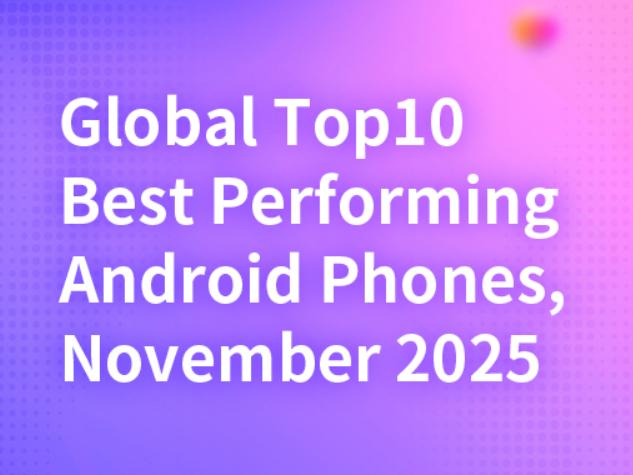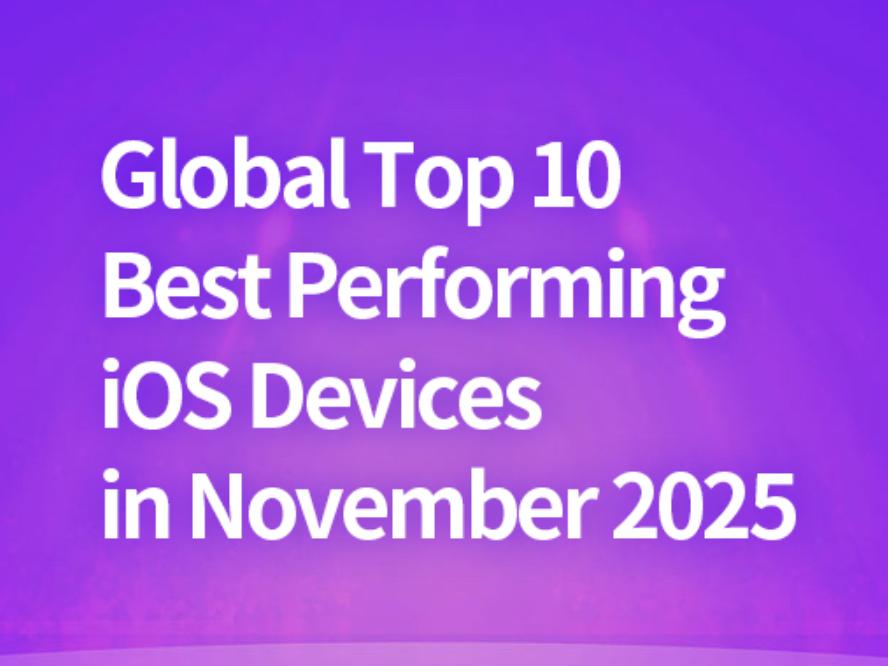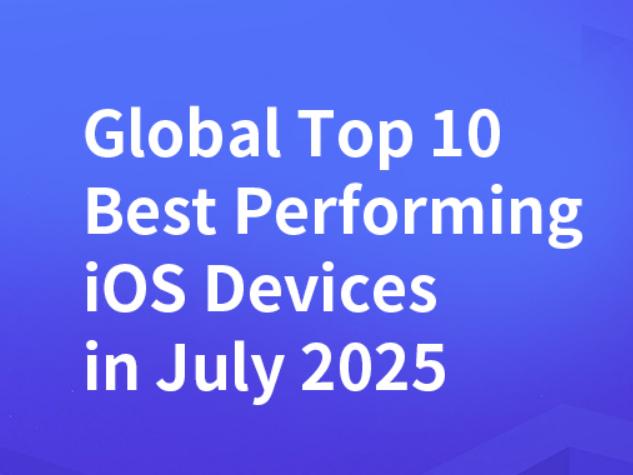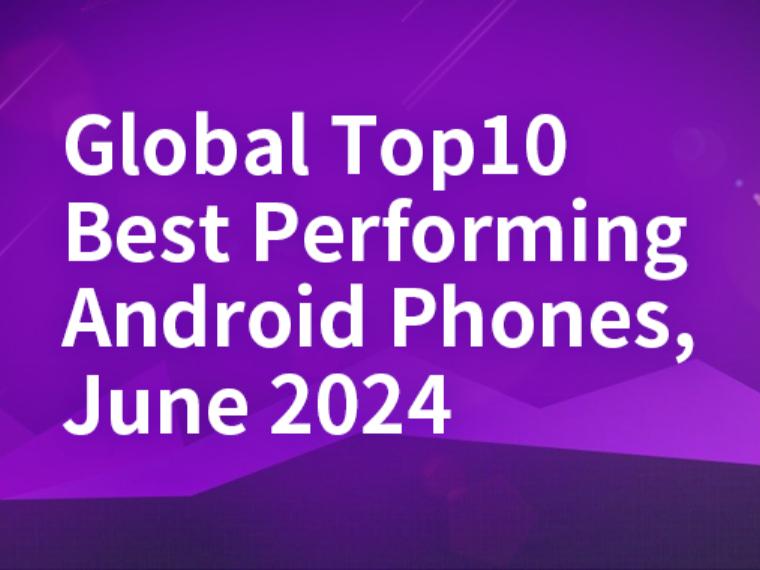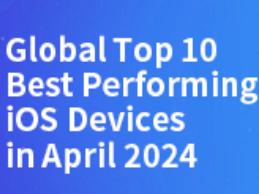AnTuTu Benchmark 3.0 Preview

History
As a benchmark application for Android, AnTuTu Benchmark was launched on January, 2011. It scoring an Android device by testing Memory, CPU Integer, CPU Floating Point, 2D / 3D Graphics Performance, SD card read / write speed and Database IO performance. It has 8 sub-scores, and all sub-scores combined to the total score of a device. In the last 2 years, we have improved AnTuTu Benchmark greatly. Back in 2010, AnTuTu Team began to design version 1.0 of Android benchmark application. They analyzed every Android hardware’s performance, and allocated score ratio to each project. Without this ratio, the total score will be unreliable.
In 2011, the first dual-core CPU came to Android hardware, thus AnTuTu Benchmark 2.0 released with it. Old users could find that in version 2.0, CPU score grew greatly. AnTuTu Team considered that dual-core CPU has greatly enhanced multi-tasking performance. However, the development of Android hardware is far beyond the imagination of all people. By the end of 2011, quad-core CPU launched. AnTuTu Benchmark soon became the world's first quad-core CPU benchmark application. Quad-core CPU score exceeded dual-core CPU score again.
We are trying to make a fair rule, and we have already made it -- multi-core is better than single-core, but this is just for CPU. The performance of an Android device comes from more than CPU. In these 2 years, changes had taken place as well in graphics chips. However, the upgrade of graphics chips had not reflected in AnTuTu Benchmark version 2.x but focused on CPU more. So the upgrade rules in 2010 and 2011 can not reflect the comprehensive performance of a latest Android device. Therefore, AnTuTu Benchmark 3.0 makes a new hardware index: AnTuTu V3. New score ratio will once again let you know the true performance of the hardware.
New Technology Preview
Memory
The new version enhanced memory direct read and write tests. It can reflect the influence of memory to overall system performance better by test the reaction speed of data flow through memory write and read. Memory capacity affects system performance to a certain extent. When the capacity exceeds a certain (1G or above), however, the impact on system performance is limited then. Thus, a larger memory will still not get extra scores.
2D Scene
2D test of old versions has low graphics requirements. The brand new 2D test code redesigned difficulty for 2D test in the new version. It supports more 2D rendering, particle effects and it has higher requirements for GPU, which can show 2D game performance better.

3D Scene
The first time we adopt OpenGL ES 2.0 technology. 3D test has very high requirements for GPU computing performance which including the effects of light / particle system / polygon, etc. If you have used AnTuTu 3DRating Benchmark, then you may find that in the fixed 1024x2048 resolution, there is no graphics chip has got more than 30fps yet. However, we use the device standard resolution in AnTuTu Benchmark. The reason for using the standard resolution is in order to reflect the real gaming performance better. Because game will only run on standard resolution under normal circumstances.
A living example of AnTuTu Benchmark 3.0
Now let us see the performance of the same device tested on two versions of AnTuTu Benchmark. We use two quad-core mobiles to do the test, HTC One X and Samsung Galaxy Note 2. HTC One X is the first quad-core mobile. Its CPU is Nvidia Tegra 3, 1.5GHz and its GPU is Nvidia GF ULV. While Samsung Galaxy Note 2 is the latest released mobile phone. It has 1.6GHz Exynos 4412 CPU and carrying a Mali 400MP GPU.


HTC One X / Samsung Galaxy Note2
We can see clearly from above. In version 2.94, the gap between HTC One X and Galaxy Note 2 is not large, which is about 9%, i.e., 1173 in score. In AnTuTu Benchmark 3.0, however, the gap has been enlarged to 23%, i.e., 3423 in score. We found that the most obvious gaps among these projects are 2D and 3D. Tegra 3, as the first quad-core CPU, the performance of the GPU it carrying with is poor. Though Galaxy Note 2’s Mali 400MP is not the latest GPU as well, AnTuTu Benchmark 3.0 actually reflects the differences between these two mobiles.
Today
AnTuTu Benchmark 3.0 can reflect the differences in the latest devices truthfully. It will release on November 26th, 2012. AnTuTu Benchmark 3.0 will re-define Android device's performance criterion for you.

